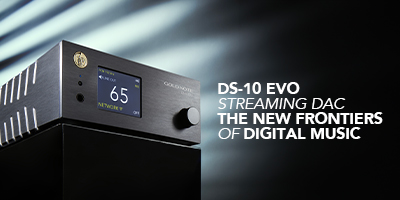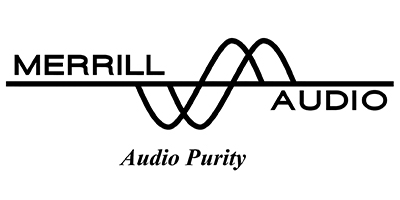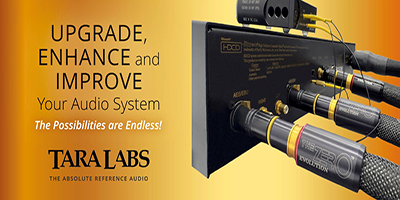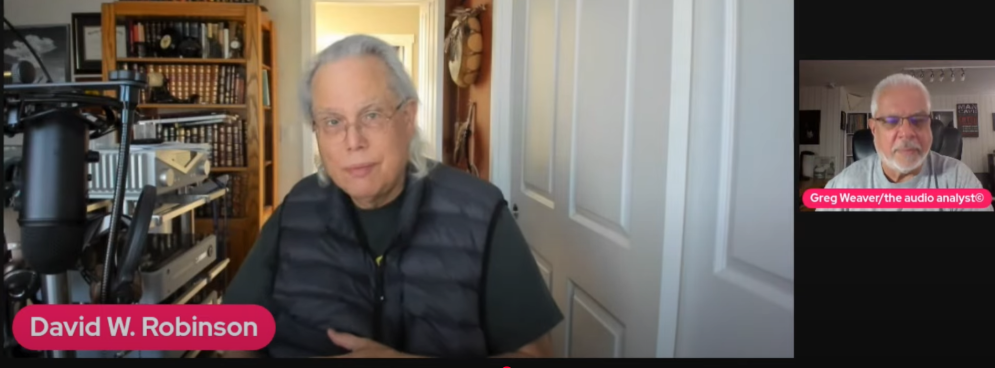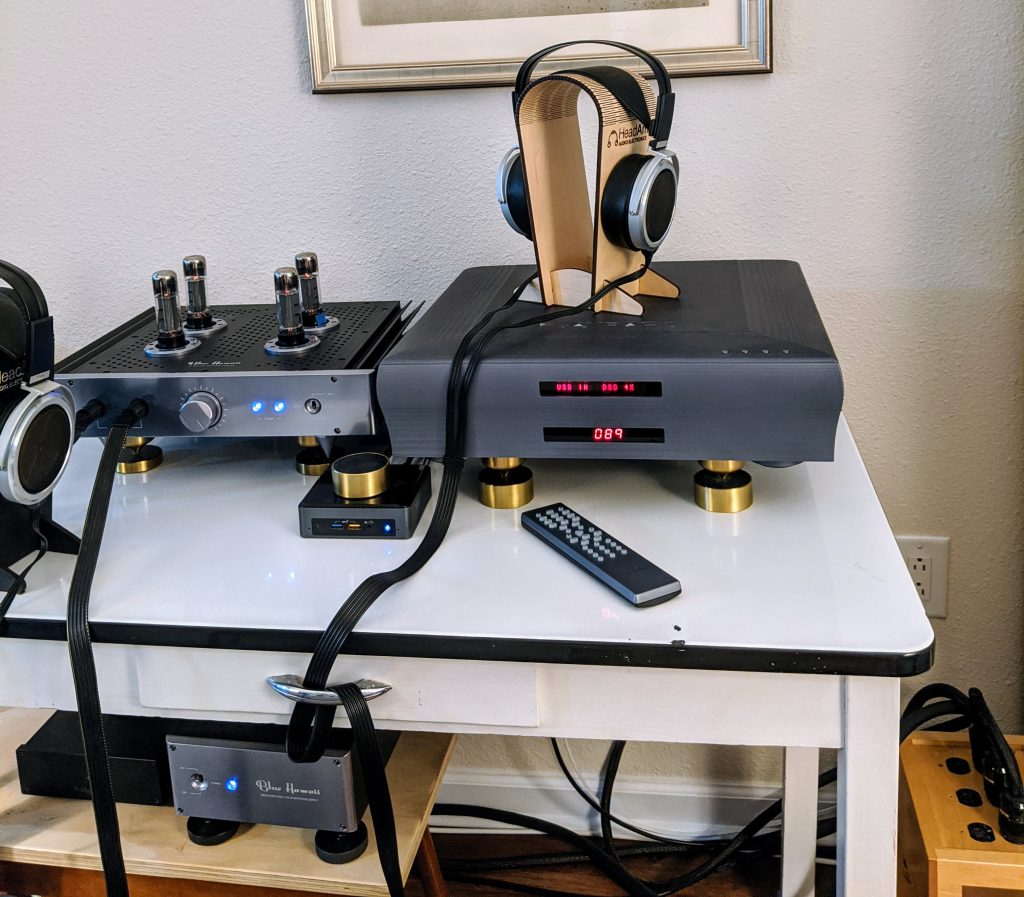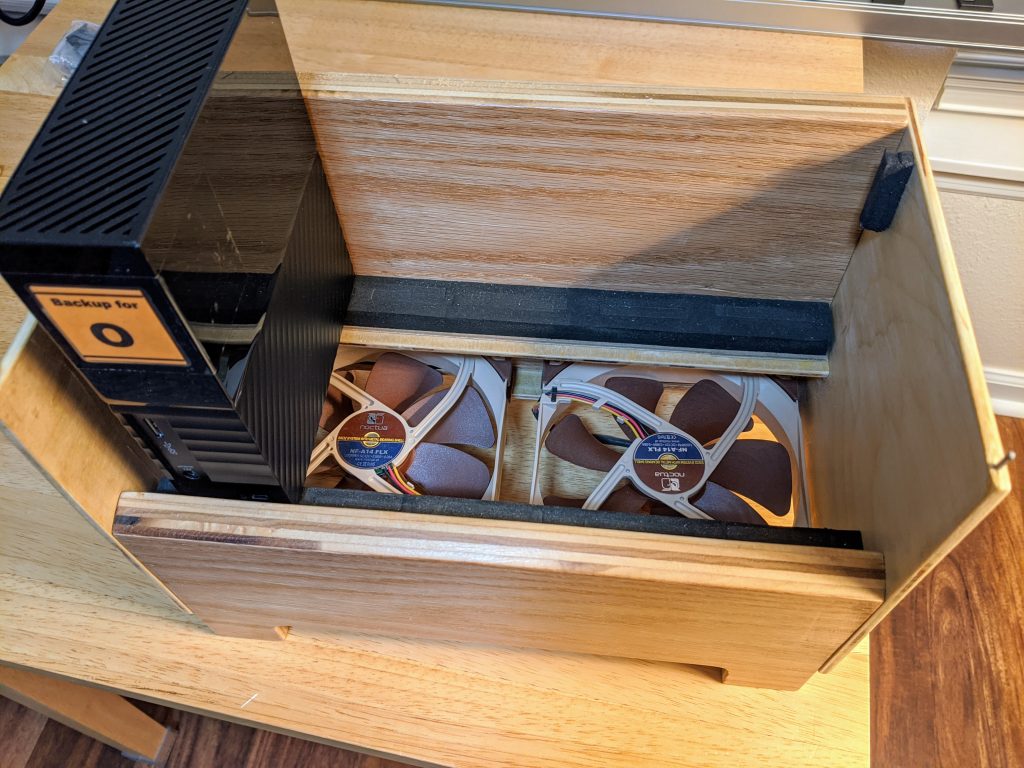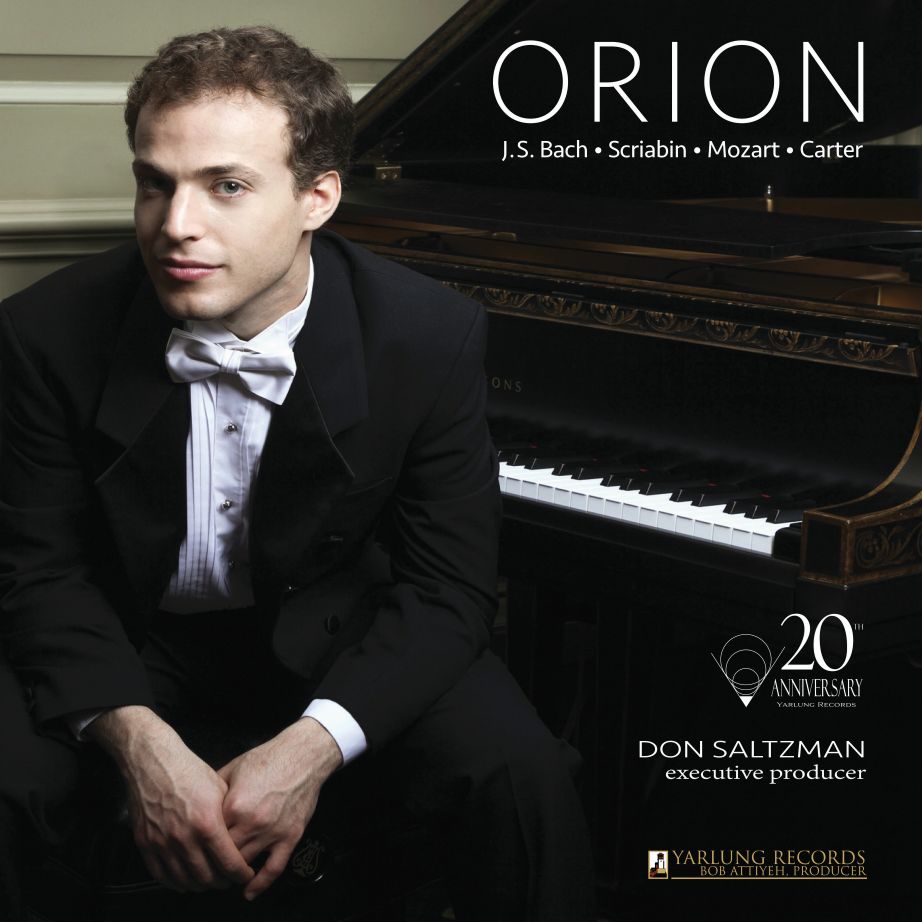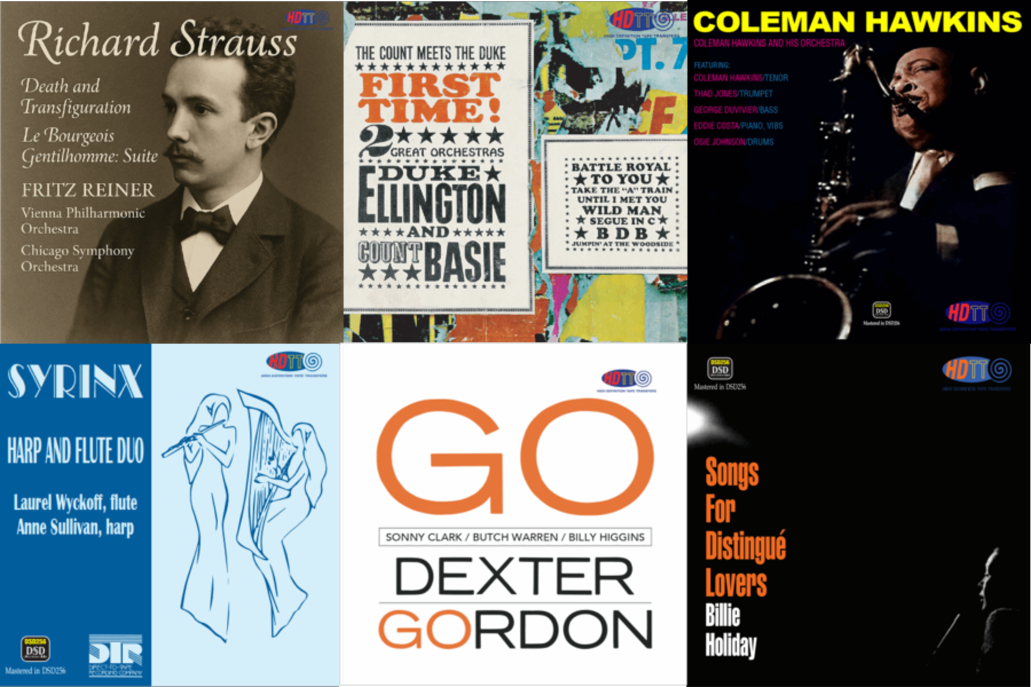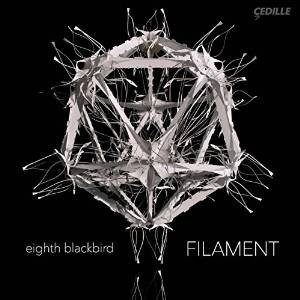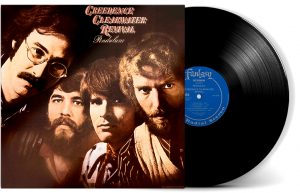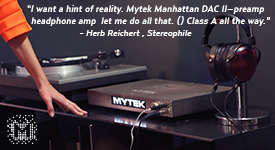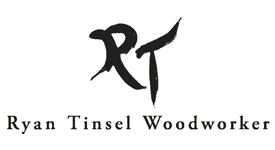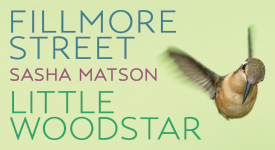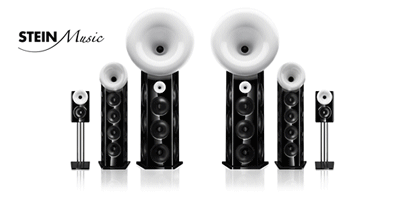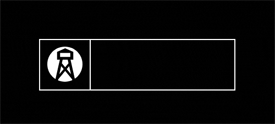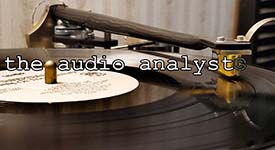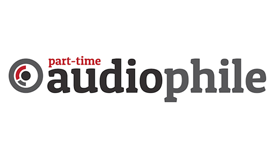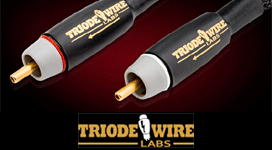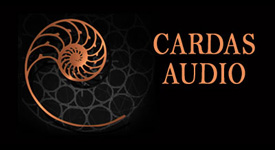The other day, I posted a list of Pure DSD256 albums that I consider my "top of the pile" for sound quality. HERE
This article will be a further discussion of Pure DSD* recordings and why they are such an important development. So, tune out now if this is not your thing. Otherwise, join me in what I want to unravel and then listen to some included comparison sample downloads provided later in the article.
I have two motivations for this conversation. First, it helps to have some common terminology and not be confusing one set of processes for another when they have different sonic outcomes. Second, I'm a nut about getting the most transparent, closest to the sound of real instruments, sonics out of my home audio listening as I can obtain. As a result, I tend to go down these rabbit holes in search of what makes a difference.
Ann, my listening partner for over 50 years, says I inhabit the lunatic fringe of audio. I tell her yes, but I'm probably off the outer edge of that fringe. And, poor girl, Ann's always been right there with me opining about what makes a difference and what she hears. Just yesterday, after spending some time listening to the Ivan Fischer recording of Mahler's Sixth Symphony on our primary system, she commented: "You know, that little interface box we got from Andreas for our MPD-8 really does make a difference in the sound." Yep, she's a gone girl. (See my review of that Playback Designs USB-X4 interface HERE.)
The Master Tapes Listening Experience
Over the years of my audio obsession, I've dreamed of being able to hear the 15ips master tape of some of the recordings I love, and to hear them played in my listening room over the audio system I've optimized. This was always a dream, never to be realized.
Until now. Why now? The release of Pure DSD256 edit masters** as downloads is why now.
Some of you will have read my earlier comments about comparing DSD256 directly to a 15ips 2-track tape. In listening comparisons, I cannot reliably differentiate between the sound of a 15ips 2-track tape and the DSD256 recording made from that tape. Dr. David will affirm the same in his experience. See his discussion with Greg Weaver on Greg's Audio Analyst YouTube channel HERE.
Of course, the electronics have to be as transparent as possible, and the A/D Converter and the D/A Converter must be top drawer (e.g., the Merging Technologies Hapi or Horus A/D converter, the Playback Designs Sonoma Pinot A/D converter, and a few others). But, get this right and neither of us can hear the difference. It becomes a random guessing game.
All of which is to say, DSD256 is as transparent a recording technology as is available to us today.
So, when I say I now listen to master tapes sonics in my home listening system, this is what I'm talking about. If the 15ips analog master tape is your sine qua non for excellent sound, then you should now be listening to DSD256. If you can obtain a 15ips direct copy of the master tape (and some are available), I say you should save your pennies and buy that $600-$800 wonderous thing. But be sure you have the $10,000 tape deck in perfect alignment and tuning when you play it. And be sure to rewind it to store tails out. And for sure don't let those heads become magnetized.
Now some of you do all of that—we have some writers here at PF that do that. And all I can say is "blessings on you" for your care and dedication. And for sharing your listening experiences because you are at the top of the peak to which I have always aspired.
However, I will tell you that my Pure DSD256 download of Homeland, Music of Grieg and De Falla from Eudora Records at $32 (HERE) played on my Playback Designs MPD-8 DAC is every bit as sonically pure, accurate and transparent. And since this recording comes directly from the microphones, with no analog tape in between (with all the well known issues that entails), the sound quality may even be better.
I will say the same for my Pure DSD256 downloads of The Blue Hour Sessions by Rembrandt Trio from Just Listen Records (HERE), and the recent Jared Sacks recording of the Beethoven Violin Concerto with Niek Baar from Pelle D'oca (HERE), and the recent Frans de Rond recording of In Essence with Peter Iman Spaargaren, saxophone and clarinet, and Peter Bjørnild, bass, from Sound Liaison. (HERE).
I'll come out later with a survey of some great sounding Pure DSD256 files made by transfers from some of the great analog reel-to-reel tapes, my top-of-the-pile list of DSD256 from analog tape. For now, let me shift to talking just about recordings originally made in DSD256...
A Free Sample Download Courtesy of Frans de Rond and Sound Liaison
For a taste of just how good Pure DSD256 recordings can sound when well recorded with by one of the best recording engineers in the business, read Frans de Rond's blog post about the recording process he applied in recording In Essence and download the free sample of one of the tracks from the link he provides there. I think you will agree that the sound captured of the double bass and the clarinet is simply stunning. HERE
But, please play these files through a DAC of at least the same quality of that very nice tape deck you are using, because, just as in our journeys in analog, the quality of your playback hardware and the quality of your cabling, and the quality of your power isolation, make just as important a difference in playing high quality digital files. I am ever amazed that audiophiles who spend tens of thousands of dollars on their analog playback system expect to add a sub-$1000 DAC to their system and miraculously get the full benefit of the sound quality possible from DSD256. Sorry, you won't get the sound quality I'm talking about. There is no free lunch in audio. Never has been. Never will be.
This sample file from Sound Liaison will be available only for a limited time.
So, end the rant. I wanted to get your attention, not your irritation. Because now I want to shift to discussing the differing categories of "Pure DSD" recording and mastering methodology.
What we mean by "Pure DSD"
I'm following Tom Caulfield's lexicon here. Tom is NativeDSD's mastering engineer and, to the best of my knowledge, he coined the term "Pure DSD." So, I'm sticking with his definition and how he applies it in tagging files placed in the NativeDSD website catalog for download.
In short, a "Pure DSD" file is a DSD file that has been created from an analog input signal and has not experienced any processing in PCM. No trip out for a DXD project session in your digital audio workstation of choice to mix and sweeten it. No conversion from a PCM original recording. If the file has been converted to DSD from DXD or some other resolution of PCM (44.1kHz, 96kHz, 192kHz, etc.), it is not a Pure DSD file.
On the other hand, an analog tape converted directly to DSD via an A/D Converter would be Pure DSD, assuming no processing in PCM. And a recording converted to analog for mixing and any sweetening in an analog analog mixing board/desk, and then converted to DSD would also be Pure DSD, again assuming no processing in PCM. So, the term "Pure DSD" is a bit flexible in these respects. But, that flexibility is a reflection of the several ways recording and mastering engineers are working with DSD files to maintain them as "Pure DSD" while meeting the needs of the project and the desired outcomes.
To differentiate these, Tom has suggested the following two labels:
Pure DSD-Direct Mixed
This is the recording process where the DSD recorded original microphone tracking channels are mixed and optionally sweetened (EQ, reverb etc.) entirely in the DSD* domain, without conversion to another format.
Pure DSD-Analog Mixed
This is the recording process where the recorded microphone tracking channels are mixed and optionally sweetened (EQ, reverb etc.) in an analog mixing desk. The original tracking channels are converted to analog, processed in an analog mixing board, and then converted back to DSD. This category also includes on-the-fly, real-time, analog microphone channel mixing and optional sweetening during the recording session, whose output is then tracked to DSD.
There is no ranking implied in these different DSD Pure categories. Each is optimized for the music, recording type, and available source material. They each can be the best practical expression of the available resources and trade-offs. All are Pure DSD.
A Listening Comparison
I am curious about the comparison of Pure DSD-Direct Mixed to Pure DSD-Analog Mixed.
Pure DSD-Analog Mixed may require multiple conversions if the tracking channels are in DSD, as would me commonly the case: (1) original signal analog-to-DSD, (2) then DSD-to-analog mixer, and (3) then analog mixer-to-DSD. But the key factor influencing the sound will be the analog mixing.
Pure DSD-Direct Mixed on the other hand, is only a single conversion from analog-to-DSD and then remaining entirely in the DSD domain for mixing.
Can we hear any artifacts from the multiple conversions? Is there addition noise added to the signal? Are there any artifacts from the conversion? Every conversion adds noise, every conversion has some artifacts. Are they audible?
The only way to determine whether there is an audible difference is to directly compare of the same recorded track processed in each of the different methods. Perhaps as follows:
1. Start with a simple analog feed from multiple microphones converted to DSD256 in separate DSD tracking channels. Here is our source.
2. Then convert those DSD256 tracking channels back to analog and mix them via an analog mixing board with the board's output to an A/D Converter to create the final stereo DSD256 edit master file. This becomes the Pure DSD-Analog Mixed sample file.
3. For the alternate sample, mix the DSD256 tracking channels using HQPlayer Pro applying the level settings determined in the analog mixing process. The output from HQPlayer Pro becomes the Pure DSD-Direct Mixed output sample.
Regrettably, I've not yet been able to obtain samples that I can offer as free downloads for comparison. I'm working on this, and hope to have a set of comparison files to share in a future update to this article. In the meantime...
Comparing DXD-Mixed to Pure DSD-Direct Mixed
A recording made to DSD256 tracking channels, then mixed in DXD (as in a Pyramix Digital Audio Workstation), and then converted to DSD256 does not sound the same as those same tracks mixed entirely in DSD. As convenient as the mastering process may be in a Digital Audio Workstation using DXD, it changes the sound of the original tracking channels in a way that is unrecoverable—it is a lossy process. And, in my opinion, it degrades, irrevocably, the ultimate potential sound quality in the process.
We've shared this comparison before, but I thought it would be helpful to revisit it. Gonzalo Noqué of Eudora Records has been releasing Pure DSD-Direct Mixed albums for several years. You will find many of his recordings in my recent list of Pure DSD256, My Top of the Pile.
Gonzalo graciously agreed to provide sample files for Positive Feedback readers to download and compare. There are four sets of comparisons: a string quartet, a violin concerto with full orchestra, a violin and harpsichord sonata. For each, Gonzalo provides one file that has been DXD mixed in Pyramix and the other Pure DSD-Direct Mixed with HQPlayer Pro.
I asked Gonzalo to describe what he hears in these samples and he said:
"All three samples are period instruments. It's difficult to put into words the differences I feel/hear. But, in my view there's a feeling of easiness and finesse with the DSD256 mixed with HQPlayer. The DXD processed files feel a bit closer and tense in comparison, while the HQPlayer mixed files have a more refined and organic sound, with the relationship with the acoustics of the recording venue better felt. I hope the article does not give the idea that I am a kind of DSD evangelist trying to convince people, as this is something very far from my nature. Acoustics, choice of microphone and placement of them is what makes a recording really good. The DSD processed in the Pure DSD domain is the icing on the cake. Please, have a listen to the samples and let me know what you feel/hear."
I also asked my listening partner, Ann, to lend an ear to this evaluation. We played the files together and we both had exactly the same conclusion across all six files. As Ann immediately said: The Pure DSD files are cleaner, they have more detail, they're more open, and they have a greater sense of air.
Yep, I agree. And what she describes is consistent across all the samples. Is it a dramatic difference? No. But it is a clearly audible difference. It is also a consistent difference across all the many Pure DSD recordings to which I've listened.
We've done this comparison. A recording made to DSD256 tracking channels, then mastered in DXD (as in a Pyramix Digital Audio Workstation), and then converted to DSD256 does not sound the same as those same tracks mastered entirely in DSD. As convenient as the mastering process may be in a Digital Audio Workstation using DXD, it changes the sound of the original tracking channels in a way that is unrecoverable—it is a lossy process. And, in my opinion, it degrades, irrevocably, the ultimate potential sound quality in the process.
If you've not yet read the article Mixing in Pure DSD—No PCM Allowed, I recommend you do so.
Also, if you've not yet read the article Choosing the Best Sounding File Format with Free Sample Downloads, I recommend it to you. This article includes free sample downloads of transfers from 15ips tape 1) to DXD, 2) to DSD256 with no DXD post-processing, i.e., Pure DSD256, and 3) to DSD256 with DXD post-processing converted back to DSD256, i.e., NOT Pure DSD256. They are not head-to-head direct comparisons, but I think you will find the comparison interesting.
And, if you are still wondering "Why DSD?" at all, I'll encourage you to read Pure DSD256—What We Hear to catch up on the discussion from the beginning.
Why Not DXD Edit Masters?
Why not, indeed! They are great. They can sound wonderful. I have accumulated quite a few. And, if the original recording was made in DXD, this is the best sound quality from this particular recording that we will get to hear. Listen to any of Bert van der Wolf's recordings. Or any of Morten Lindberg's recordings. Or any of Frans de Rond's recordings. These are wonderful recordings and the sound quality is consistently outstanding.
But... but... but... I always wonder how much better and more transparent the sound quality might have been had the album been recorded in DSD256 and then mastered for release as a Pure DSD recording.
Let me share with you a listening experience that may help explain my hesitation and why I keep agitating for Pure DSD256 rather DXD.
A couple of years ago, one of of my favorite recording engineers sent me a preview copy of an album. It was DSD256 Pure Direct. But still a preview sample, not with the artists' final approval. For some reason never explained, the final released album came out as DXD-mixed-in-post, not Pure DSD. And I was so disappointed by the difference in the final sound quality.
Ann and I were over the moon excited about the DSD256 Pure Direct sample files. These had a transparency that was to-die-for. But by the time the album came through a DXD mixing session (to solve whatever challenges had to be solved, and that I could not hear), the comparison of the final to the original samples was simply heartbreaking. I just couldn't publish the review I'd planned for the original DSD256 Pure Direct files. And so, a lovely set of performances sat neglected. Yes, I did ultimately publish a review of the DXD-mastered final album. It is wonderful! It just does not match up to what might have been as heard in the original DSD256 Pure Direct tracks.
* DSD is a marketing name that Sony came up with for single-bit Pulse Density Modulation (PDM), which can either be single-bit or multi-bit. I use "DSD" throughout this article because it is well known and I use it to differentiate from the very different PCM (Pulse Code Modulation) technology found in CDs and the higher sample rates 96.2kHz, 192.4kHz, etc. and DXD (which is PCM at 352.8kHz). For a more in depth explanation, see my discussion with Tom Caulfield in this 2020 interview HERE.
** The edit master is the first realization of the recording where all the components are mixed and processed together prior to delivery distribution reformatting. All other resolutions released are derived from this file.

